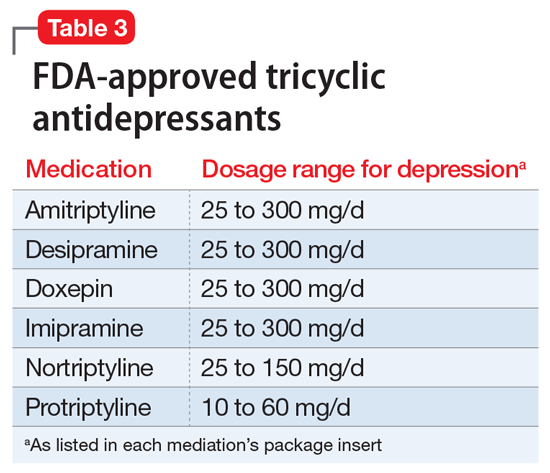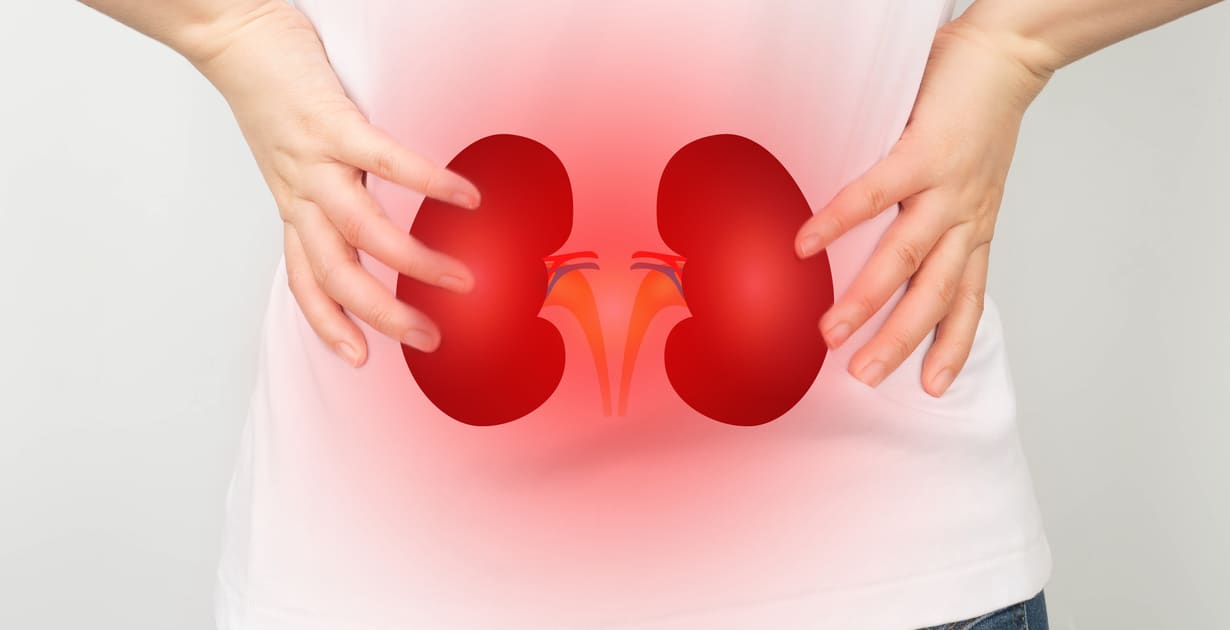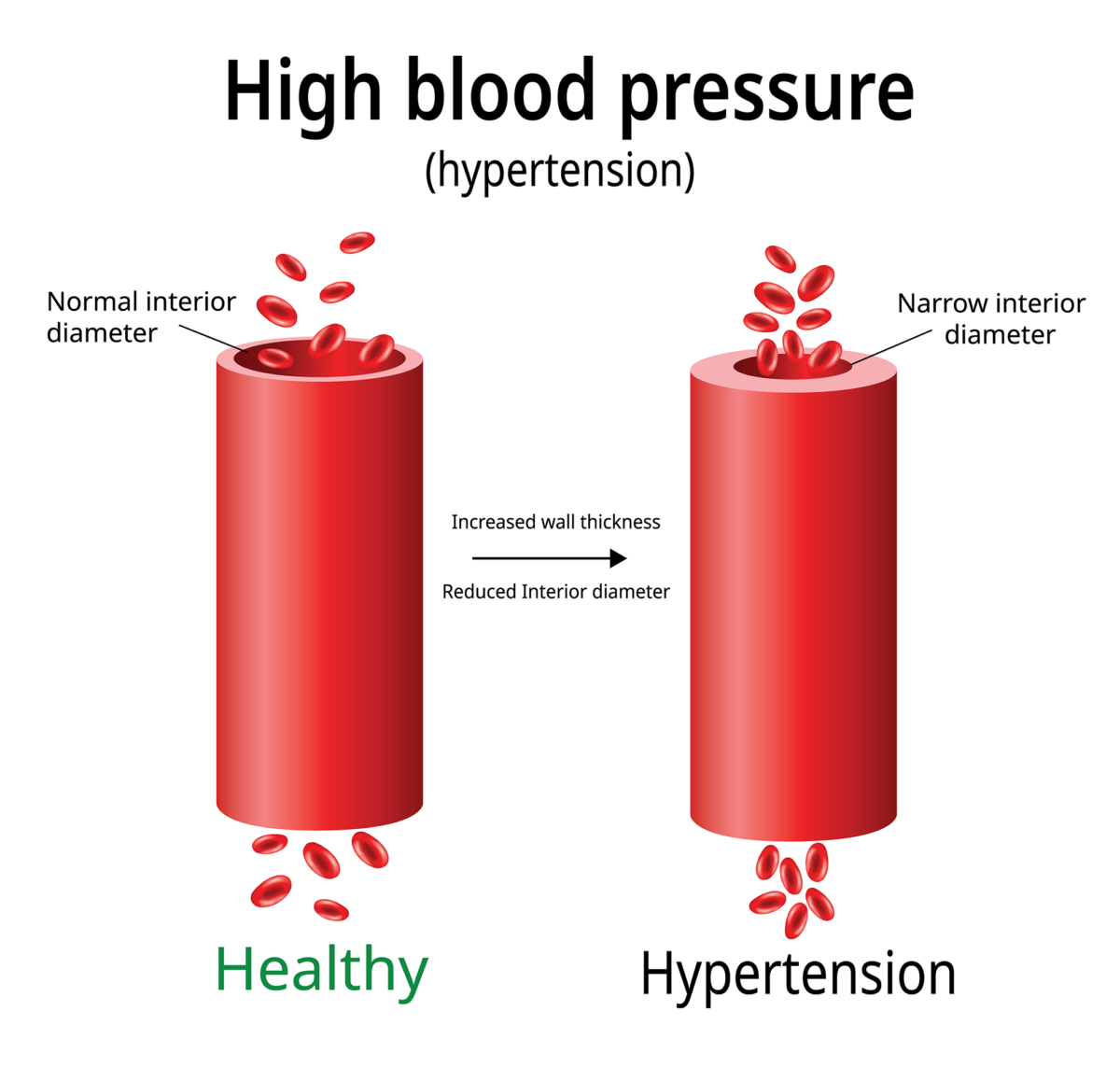Assignment Help on Case 03 Mastering Massive Databases At MasterCard International
Assignment Help on Case 03 Mastering Massive Databases At MasterCard International
C3-1
CASE STUDY 3
MASTERING MASSIVE DATABASES AT MASTERCARD INTERNATIONAL
Many organizations are working hard to address the opportunities and
storage challenges associated with “big data.” Industry experts estimate that
the total volume of data is doubling every 18 months and the vast majority
of new data being generated is in business domains. MasterCard
International (www.mastercard.com) is no stranger to wrestling with the
issues associated with massive databases. MasterCard has amassed a data
warehouse that is more than 100-terabytes in size and company insiders
expect that it will growth to more than 1.8 petabytes. The growth of
MasterCard’s data warehouse is fueled by a client/server network that, on
average, handles 140 million credit card transactions per hour on behalf of
more than 25,000 financial institutions [WALL08]. In 2007, MasterCard’s
worldwide network processed 18.7 billion transactions totaling approximately
$2.3 trillion. (Assignment Help on Case 03 Mastering Massive Databases At MasterCard International)
MasterCard’s computer facility authorizes, clears, and settles each credit
card transaction in real time as a cardholder’s credit card is swiped.
MasterCard’s bank and business clients expect the system to be fast and
accessible. To meet these expectations, MasterCard expects its network to
have a response time of 140 milliseconds per transaction (or less). It also
has implemented sufficient redundancy and failover systems to be able to
C3-2 (Assignment Help on Case 03 Mastering Massive Databases At MasterCard International)
promise its customers 99.999 percent network availability. Needless to say,
MasterCard customers also expect the transaction processing and data
storage systems to be secure.
For continued success, it is important for MasterCard to grow its volume
of credit card transactions. To do this, the company works to expand its base
of bank clients and business partners by offering them an attractive mix of
products and services. Part of their efforts is directed toward helping its
clients increase the number of customers who hold a MasterCard and use
them to make purchases. To remain competitive against other credit card
issuers such as American Express, Discover, and Visa, MasterCard must also
continue to grow its volume of credit card transactions and it has learned
that one of the best ways to do this is by being a good business partner for
its clients.
In addition to credit cards, MasterCard offers debit cards, prepaid cards,
smart cards with embedded chips, and contactless cards. It also has
business card programs for commercial and public sector organizations of all
sizes. MasterCard partners with its customers to create customized loyalty
programs and reward solutions to provide incentives for cardholders to use
MasterCard to make purchases. By helping its customers identify the
benefits that services that are most appealing to their cardholders,
MasterCard is able to help its partners increase customer satisfaction.
MasterCard’s global processing system enables customers to extend their
loyalty programs worldwide. Hence, it is not surprising that MasterCard has
been successful in partnering with airlines and hotel chains on loyalty
programs. (Assignment Help on Case 03 Mastering Massive Databases At MasterCard International)
MasterCard’s Data Warehouse Strategy MasterCard’s data warehouse has emerged to play an important role in the
company’s competitive strategy. This global data repository has become a
C3-3
business intelligence (BI) engine that helps the credit card giant and its
clients make more effective business decisions.
Planning for the data warehouse began in the mid-1990s. Interestingly,
MasterCard’s executive team immediately grasped the data warehouse
concept recommended by the IT division as a potential game changer.
MasterCard executives typically required a detailed business case justifying
IT investment recommendations, but in this case, the executives instantly
recognized the proposed data warehouse as a strategic move to give
MasterCard a competitive edge. Specifically, MasterCard wanted to improve
market share. At the time, MasterCard accounted for only about 25% of
charges for goods sold worldwide using credit cards, with Visa accounting for
50%. Since the creation of the data warehouse, MasterCard’s market share
increased to 31%. Although Visa continues to be the industry leader,
MasterCard’s role as a global leader in credit card processing has
strengthened [BASE11]. (Assignment Help on Case 03 Mastering Massive Databases At MasterCard International)
Financial institutions that use MasterCard rely on the history of credit
card transactions to provide information for targeted marketing and business
planning. For example, a bank that issues credit cards might notice a large
volume of charges for flights on a specific airline. The bank can use this
information to negotiate a deal with the airline to provide special offers and
incentives to cardholders. Similar promotional opportunities could be offered
to a hotel chain that would provide additional incentives (such as “stay two
nights and get a third night free”) for using MasterCard to reserve and pay
for a room. (Assignment Help on Case 03 Mastering Massive Databases At MasterCard International)
MasterCard’s BI and Reporting Tools MasterCard runs a combination of homegrown and off-the-shelf analytic
tools to identify buying trends, credit card fraud, and other useful
information. The company can correlate and analyze transactions to
C3-4
determine a consumer’s interest or detect anomalies that suggest a card has
been stolen. MasterCard offers bank clients access to these tools, as well as
custom reports. (Assignment Help on Case 03 Mastering Massive Databases At MasterCard International)
Among the signature applications provided by MasterCard is its Portfolio
Analytics suite of BI and reporting tools. This suite includes a wide range of
standard reports that let members analyze transactions every day, week, or
month and compare the results to different parts of the country, other parts
of the world, or predefined groups of similar banks.
Another popular tool is the MasterCard Marketing Center, which helps its
customers monitor, analyze, and develop campaigns to increase use of their
cards. For example, a card issuer in Los Angeles might use the data to see
how many cardholders spent $25 or more in January and February on
sporting goods at Wal-Mart stores. Then it might propose to Wal-Mart a mail
marketing campaign before the opening of baseball season, tied to heavy
spenders with an affinity to the Dodgers or Angels. A card issuer in New York
City could use MasterCard’s BI and reporting tools to identify patterns in
restaurant charges for its most affluent cardholders. This information could
be used to develop an “insider’s guide” to NYC “hidden gems for food and
wine” to share with select groups of other MasterCard holders.
The process used by MasterCard customers to make access the data
warehouse to populate reports or perform BI queries is illustrated in general
terms in Figure C3.1. Such transactions proceed in the following way:
1. Member bank connects to MasterCard facility, known as MasterCard
Online. This could be by Internet, by means of a mobile access service, or by means of a private wide area network, such as a frame relay network. In the case of Internet access, all traffic must go through a firewall, which assures that unwanted traffic is blocked. (Assignment Help on Case 03 Mastering Massive Databases At MasterCard International)
2. User authenticates to MasterCard Online. A dedicated group of
servers is assigned the task of authenticating all incoming transaction requests to assure that the user has permission to use the facility and to specify the user’s level of privilege.
C3-5
3. MasterCard Online verifies user product licensing. This has to do with which business enterprise software tools the bank client is able to use.
4. User request is forwarded to a transaction server, which invokes the
appropriate application software for this transaction. The application translates the request into the corresponding database requests and updates.
5. The transaction server forwards a transaction request to the data
warehouse, which processes the request and returns a response to the member user. (Assignment Help on Case 03 Mastering Massive Databases At MasterCard International)
C3-6
MasterCard continues to expand the size of the data repository and the
tool set. The goal is to include every transaction handled by members over a
three-year period, capturing the dollar amount, the card number, the
location, and the merchant in each instance. But it is the set of applications
provided to members that is crucial in gaining competitive edge. MasterCard
aims to gain favor with portfolio managers and member banks, who decide
whether to push Visa or MasterCard. If the online tools help those managers
analyze the profitability of the cards in their portfolio better or gain more
customers and transaction volume faster, then MasterCard benefits. To keep
ahead of Visa, the MasterCard IT shop has dozens of full-time developers
tasked to come up with new tools and reports to put in the hands of banks
and other clients. The developers also work with MasterCard clients to create
repeatable custom reports that can focus on any aspect of authorizing a card
or transaction, including charge backs for disputed amounts and fraud.
MasterCard has approximately 1.7 billion cardholders worldwide and
MasterCard can be used for purchases at more than 33 million locations.
While this might seem like sufficient market penetration, MasterCard is
always looking for new ways increase volume of purchase transactions.
Several new payment systems have been implemented including “tag & go”
PayPass cards that speed up purchasing by avoiding the need to swipe a
card [LAWS12]. PayPass digital wallets have also been developed to speed
up the payment process for online purchases. (Assignment Help on Case 03 Mastering Massive Databases At MasterCard International)
MasterCard has embraced smartphone payment systems and are rolling
out smartphone and tablet PC apps that enable banks and business clients
use mobile devices to monitor credit usage patterns and use its data
warehouse BI and reporting tools [TELE12]. As mobility become more
pervasive, MasterCard’s data repository will be modified to assimilate mobile
transactions with traditional credit card transactions. This will almost
certainly result in an enriched set of BI and reporting tools. (Assignment Help on Case 03 Mastering Massive Databases At MasterCard International)
C3-7
Discussion Points 1. MasterCard managers are motivated to increase (1) the number of
individuals who have and use a MasterCard credit card, (2) the number of banks and other clents who issue MasterCards to customers and/or employees, and (3) the number of locations that accept MasterCard payments. Discuss how MasterCard could use its data warehouse to help it expand each of these customer bases.
2. MasterCard makes its analytics tools available to all of its member
banks and other issuers. It knows that getting its clients to use these tools can be critical to keeping them as loyal customers. Discuss the steps that MasterCard can take to promote greater use of its BI and reporting tools by its clients. Who do you think larger or smaller clients will benefit most from MasterCard’s analytics tools? Why?
3. Do some Internet research to identify examples of “tap & go”
applications. What are some typical types of “tap & go” payment applications and what growth trends are expected? Do you think that there are limits to the types of applications that “tap & go” payments can be used for? Why or why not?
4. Do some research on the extent to which MasterCard’s PayPass digital
wallet is being embraced as a payment mechanism for online purchases. What are the advantages and disadvantages of digital wallets such as PayPass? What can MasterCard do to encourage online merchants to accept PayPass digital wallet payments?
5. Supporting mobility and smartphone apps is important to MasterCard.
What challenges does MasterCard face in rolling out smartphone payment systems? Which of these do you think will be most difficult to address? Why?
Sources [BASE11] Basenese, L. “Stock Wars: Visa vs. MasterCard.” Wall Street Daily, May 18, 2011. Retrieved online at: http://www.wallstreetdaily.com/2011/05/18/visa-versus-mastercard-stock/. [LAWS12] Lawson, S. “MasterCard, Startup PaidPiper Tap into Credit Cards for Mobile Payments.” CIO, May 4, 2012. Retrieved online at: http://www.cio.com.au/article/423876/mastercard_startup_paidpiper_tap_in to_credit_cards_mobile_payments/
C3-8
[WALL08] Wallgum, T. “The Man Behind MasterCard’s 100-Terabyte Data Warehouse.” Computerworld, July 17, 2008. Retrieved online at: http://news.idg.no/cw/art.cfm?id=32FCBC8A-17A4-0F78- 316BA999B7AFE095 [TELE12] The Telegraph, “MasterCard to Let Users Pay by Smartphone App.” May 17, 2012. Retrieved online at: http://www.telegraph.co.uk/finance/personalfinance/borrowing/creditcards/ 9253573/Mastercard-to-let-users-pay-via-smartphone-app.html
(Assignment Help on Case 03 Mastering Massive Databases At MasterCard International)
- CASE STUDY 3
- MasterCard’s Data Warehouse Strategy
- MasterCard’s BI and Reporting Tools
- Discussion Points
- Sources













:max_bytes(150000):strip_icc()/heartillustration-58ce8e243df78c3c4f6e87ec.jpg)

